Home>Construction & Tools>Building Materials>How Long Does Stucco Take To Cure
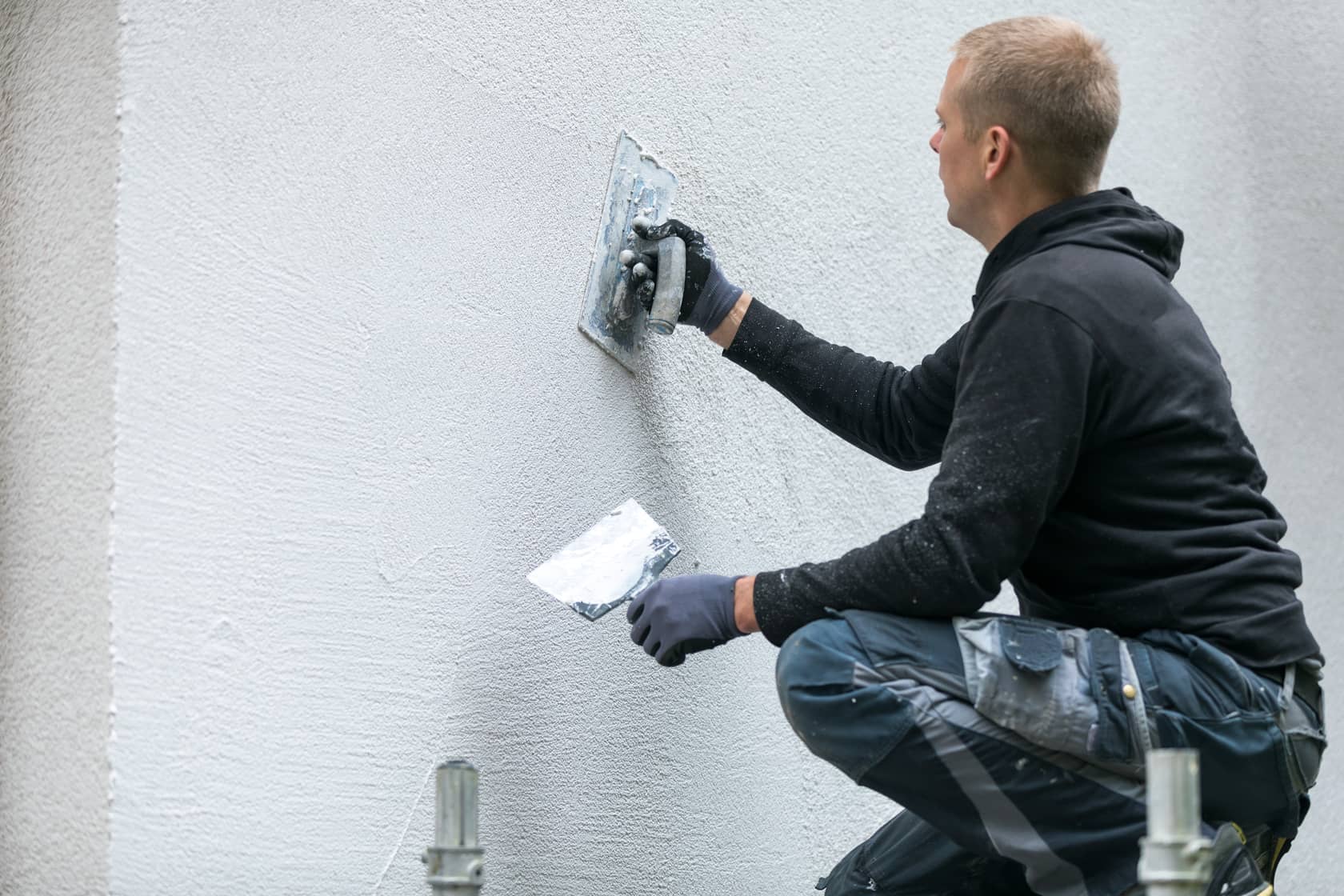

Building Materials
How Long Does Stucco Take To Cure
Modified: January 23, 2024
Learn about the curing time for stucco, a popular building material. Discover how long it takes for stucco to fully cure and set. Find out more!
(Many of the links in this article redirect to a specific reviewed product. Your purchase of these products through affiliate links helps to generate commission for Storables.com, at no extra cost. Learn more)
Introduction
When it comes to enhancing the aesthetic appeal and durability of a building, stucco has been a popular choice for centuries. This versatile and robust building material is renowned for its ability to create a beautiful exterior finish while offering protection against the elements. However, to achieve the desired strength and resilience, stucco must undergo a crucial process known as curing.
Understanding the intricacies of stucco curing is essential for anyone involved in construction or renovation projects. Whether you're a homeowner seeking to understand the timeline for completing your stucco project or a professional in the building industry, having a comprehensive grasp of the curing process is paramount.
In this article, we will delve into the fascinating world of stucco curing, exploring the factors that influence curing time, the average duration for stucco to cure, and methods for accelerating the curing process. By the end of this journey, you will have gained valuable insights that will empower you to make informed decisions and ensure the successful completion of your stucco projects. So, let's embark on this enlightening exploration of stucco curing and unravel the mysteries behind this fundamental phase of stucco application.
Key Takeaways:
- Stucco curing is a crucial process that strengthens and protects buildings. Factors like temperature, stucco type, and ventilation affect curing time, which can be accelerated with strategies like temperature control and thinner applications.
- Traditional cement-based stucco takes 7-14 days to cure, while modern acrylic-based stucco cures faster initially. Understanding curing factors and employing acceleration methods empowers builders and homeowners to manage stucco projects effectively.
Understanding the Curing Process
Stucco curing is a critical phase in the application of this remarkable building material. It is the process through which stucco gains strength, durability, and the ability to withstand the test of time. The curing process involves the evaporation of water from the stucco mixture, allowing it to harden and form a solid, protective layer. This transformation is essential for stucco to fulfill its role as a resilient and long-lasting exterior finish.
During the curing process, the chemical reactions within the stucco mixture play a pivotal role in determining the material’s final characteristics. As the water content diminishes, the stucco undergoes a chemical transformation, gradually developing its structural integrity and resistance to external forces. This evolution is what ultimately bestows stucco with its renowned durability and weather-resistant properties.
It’s important to note that the curing process is not solely dependent on the passage of time. While time is a significant factor, environmental conditions such as temperature, humidity, and air circulation also profoundly impact the curing of stucco. The interplay between these factors influences the rate at which water evaporates from the stucco mixture, directly affecting the duration of the curing process.
Furthermore, understanding the nuances of the curing process enables builders and homeowners to appreciate the importance of allowing stucco to cure properly before subjecting it to external elements. Rushing this phase can compromise the integrity of the stucco, leading to potential issues down the line. Therefore, a thorough comprehension of the curing process empowers individuals to make informed decisions and ensure the optimal performance of their stucco applications.
Factors Affecting Stucco Curing Time
The duration required for stucco to cure is influenced by a myriad of factors, each playing a crucial role in determining the optimal timeframe for the curing process. Understanding these factors is essential for accurately gauging the time needed for stucco to achieve its full strength and durability.
1. Environmental Conditions: The environment in which stucco is applied significantly impacts the curing time. Temperature and humidity levels directly affect the rate of evaporation, with warmer and drier conditions expediting the curing process. Conversely, cooler or more humid environments may prolong the curing time, necessitating a patient approach to achieve the desired results.
2. Stucco Thickness: The thickness of the stucco layer also influences the curing time. Thicker applications retain moisture for a longer duration, extending the overall curing period. Conversely, thinner layers facilitate quicker evaporation, expediting the curing process.
3. Type of Stucco: The composition of the stucco mixture can impact curing time. Different stucco formulations, such as traditional cement-based stucco or modern acrylic-based stucco, may exhibit variations in curing duration due to their distinct chemical properties and drying characteristics.
4. Ventilation and Air Circulation: Adequate ventilation and air circulation play a vital role in expediting stucco curing. Proper airflow facilitates the evaporation of moisture, accelerating the hardening process. Conversely, poor ventilation can prolong curing time, necessitating strategic measures to enhance air circulation.
5. Application Method: The manner in which stucco is applied can impact curing time. Techniques such as wet or dry application, as well as the use of curing accelerators, can influence the speed at which stucco cures, thereby affecting the overall timeline for completing the curing process.
By comprehensively understanding these factors, individuals involved in stucco applications can effectively assess the variables at play and make informed decisions to optimize the curing time. This knowledge empowers builders, contractors, and homeowners to navigate the intricacies of stucco curing with confidence, ensuring that the final result meets the highest standards of quality and durability.
Stucco typically takes about 30 days to fully cure. During this time, it’s important to keep the surface moist to prevent cracking and ensure proper curing.
Average Time for Stucco to Cure
The duration for stucco to cure can vary based on a multitude of factors, making it challenging to pinpoint an exact timeframe. However, a general understanding of the average curing time provides valuable insights for planning and managing stucco projects effectively.
On average, traditional cement-based stucco requires approximately 7 to 14 days to cure fully. During this period, the stucco gradually hardens, gains strength, and develops its characteristic durability. However, it’s important to note that this timeframe is subject to the influence of environmental conditions, stucco thickness, and other factors previously discussed.
Modern acrylic-based stucco, known for its rapid curing properties, typically achieves initial curing within 24 to 48 hours. While this accelerated initial curing phase allows for quicker progression to subsequent construction stages, complete curing to reach maximum strength and resilience may still take several weeks.
It’s crucial to approach these average curing times as general guidelines rather than strict rules. The specific conditions of each stucco application, including climate, stucco type, and application method, can significantly impact the actual time required for curing. Therefore, careful consideration of these variables is essential for accurately estimating the curing duration and planning the subsequent phases of construction or renovation projects.
By acknowledging the variability in stucco curing time and recognizing the need for flexibility in project timelines, builders and homeowners can adapt their approaches to suit the unique requirements of each stucco application. This adaptable mindset fosters an environment of informed decision-making and meticulous project management, ultimately contributing to the successful and enduring completion of stucco projects.
Accelerating Stucco Curing
Given the significance of timely project completion and the desire to expedite the stucco curing process without compromising quality, various strategies can be employed to accelerate the curing of stucco. These methods aim to optimize environmental conditions and enhance the stucco’s ability to dry and harden efficiently.
1. Temperature Control: Maintaining an optimal temperature range can expedite stucco curing. In colder conditions, utilizing external heating sources or temporary enclosures can create a warmer environment, promoting faster evaporation and hardening of the stucco.
2. Dehumidification: In humid climates, employing dehumidifiers can reduce ambient moisture levels, facilitating quicker evaporation of water from the stucco mixture and expediting the curing process.
3. Air Circulation: Enhancing airflow around the stucco application area through the use of fans or natural ventilation can promote faster moisture evaporation, accelerating the hardening of the stucco.
4. Curing Accelerators: Utilizing specially formulated curing accelerators can significantly reduce stucco curing time. These additives enhance the chemical reactions within the stucco mixture, expediting the hardening process without compromising the material’s integrity.
5. Thinner Applications: Applying thinner layers of stucco can expedite curing by allowing for quicker moisture evaporation. Strategic planning and precise application techniques can achieve the desired thickness while facilitating faster curing.
By implementing these strategies, builders and homeowners can effectively expedite the stucco curing process, enabling them to progress to subsequent construction phases in a timelier manner. However, it’s crucial to exercise caution and ensure that the chosen acceleration methods align with industry best practices and stucco manufacturer recommendations to maintain the material’s integrity and longevity.
Ultimately, the judicious application of these acceleration techniques, coupled with a thorough understanding of stucco curing principles, empowers individuals to navigate the complexities of stucco projects with efficiency and precision, ensuring the successful realization of their construction and renovation endeavors.
Read more: How Long For Candles To Cure
Conclusion
Embarking on the journey of understanding stucco curing has unveiled a world of intricacies and possibilities, shedding light on the pivotal role this process plays in the realm of construction and renovation. By comprehending the nuances of stucco curing, individuals are equipped with the knowledge to navigate the challenges and opportunities presented by this fundamental phase of stucco application.
From the chemical transformations occurring within the stucco mixture to the myriad factors influencing curing time, the exploration of stucco curing has underscored the dynamic nature of this process. Environmental conditions, stucco thickness, and application techniques have emerged as influential variables that shape the duration and outcome of stucco curing, emphasizing the need for a holistic understanding of these factors.
Armed with this knowledge, builders, contractors, and homeowners possess the insight to make informed decisions, plan effectively, and manage stucco projects with precision. The ability to anticipate and address the challenges of stucco curing empowers individuals to optimize project timelines, enhance construction efficiency, and ensure the longevity and resilience of the stucco applications.
Furthermore, the exploration of strategies for accelerating stucco curing has unveiled a spectrum of techniques aimed at expediting the process without compromising quality. From temperature control and dehumidification to the use of curing accelerators, these methods offer valuable tools for enhancing the efficiency of stucco curing, enabling timely project progression while upholding the material’s integrity.
In essence, the journey through the realm of stucco curing culminates in a profound appreciation for the interplay of science, artistry, and practicality within the construction industry. By embracing the complexities of stucco curing and leveraging the insights gained from this exploration, individuals are poised to embark on their stucco projects with confidence, foresight, and a commitment to achieving excellence.
As we conclude this enlightening odyssey through the world of stucco curing, let us carry forth the wisdom garnered, applying it to our endeavors with a spirit of innovation, diligence, and respect for the craft. With this mindset, we embark on a future where stucco projects thrive, structures endure, and the artistry of construction continues to shape the world around us.
Frequently Asked Questions about How Long Does Stucco Take To Cure
Was this page helpful?
At Storables.com, we guarantee accurate and reliable information. Our content, validated by Expert Board Contributors, is crafted following stringent Editorial Policies. We're committed to providing you with well-researched, expert-backed insights for all your informational needs.
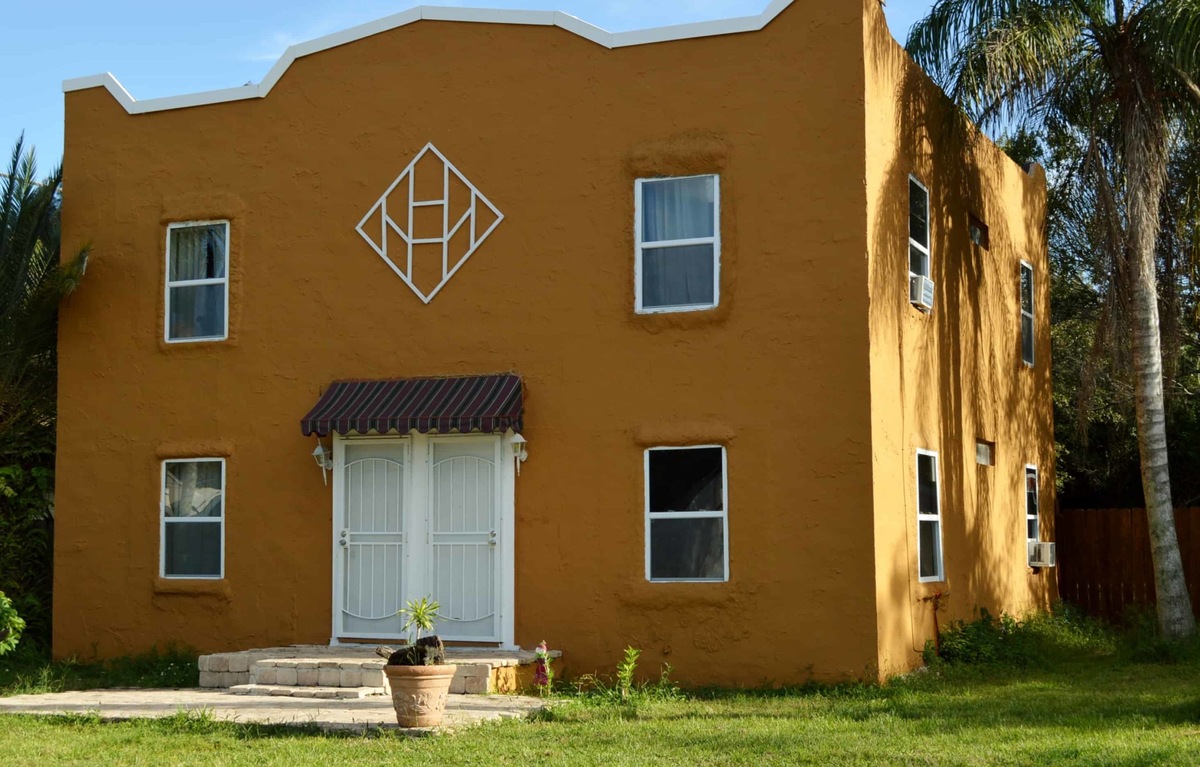
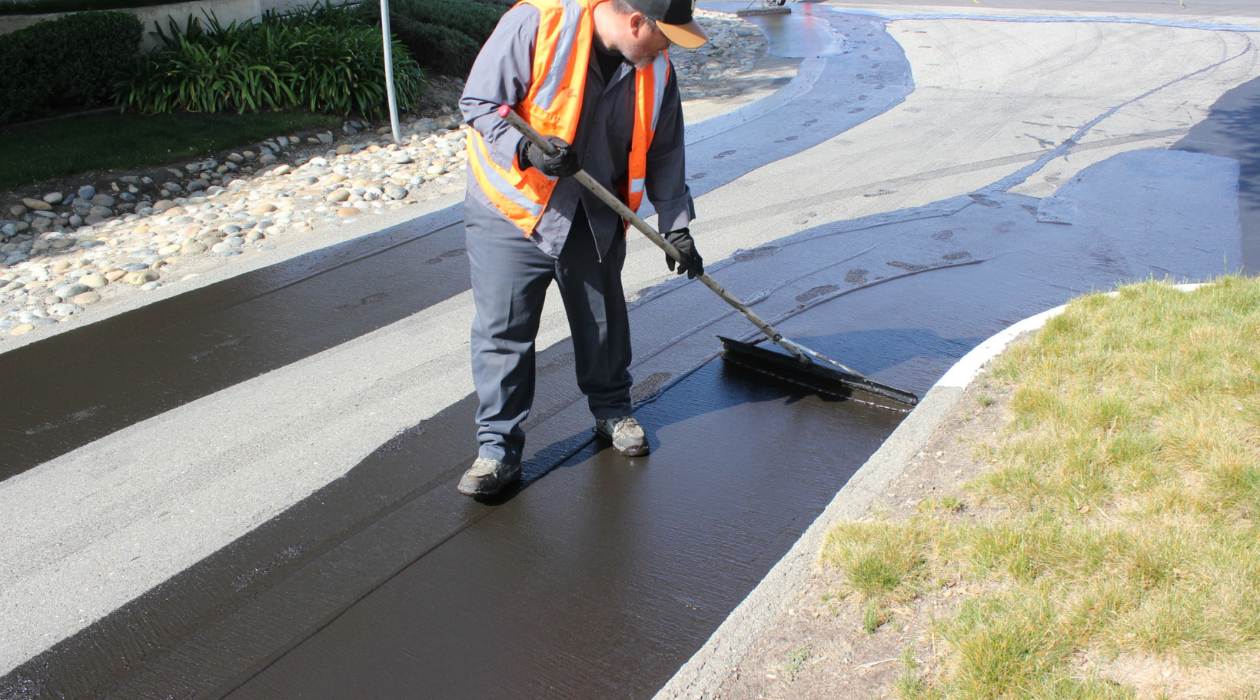
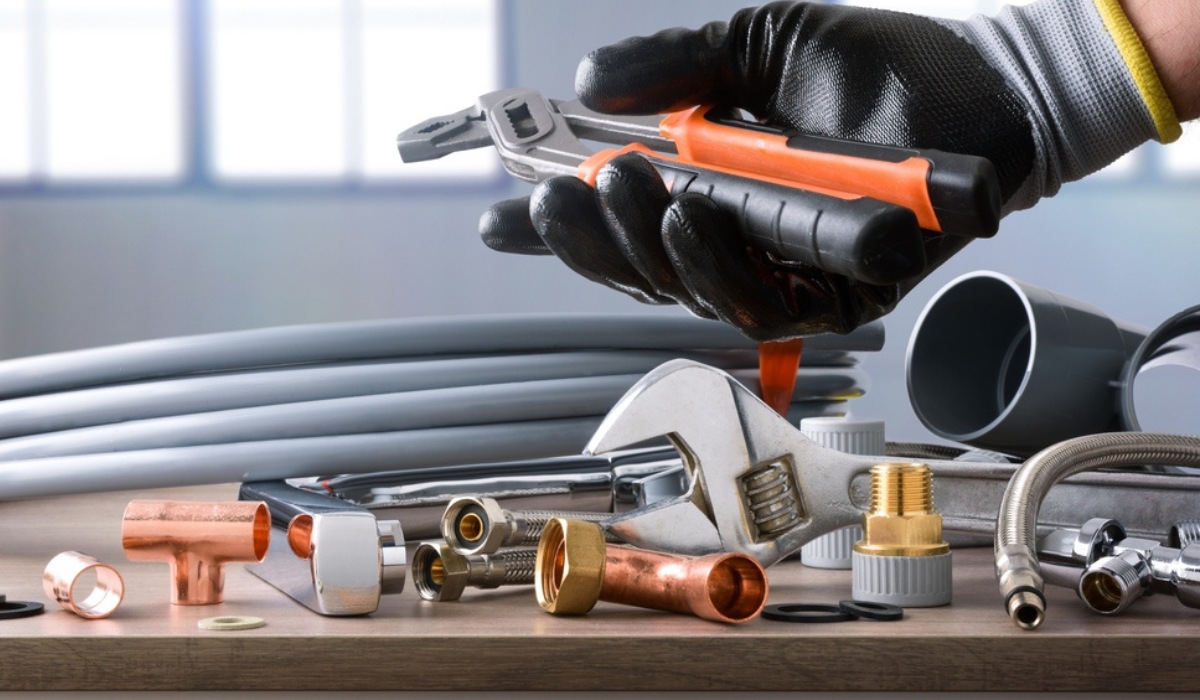
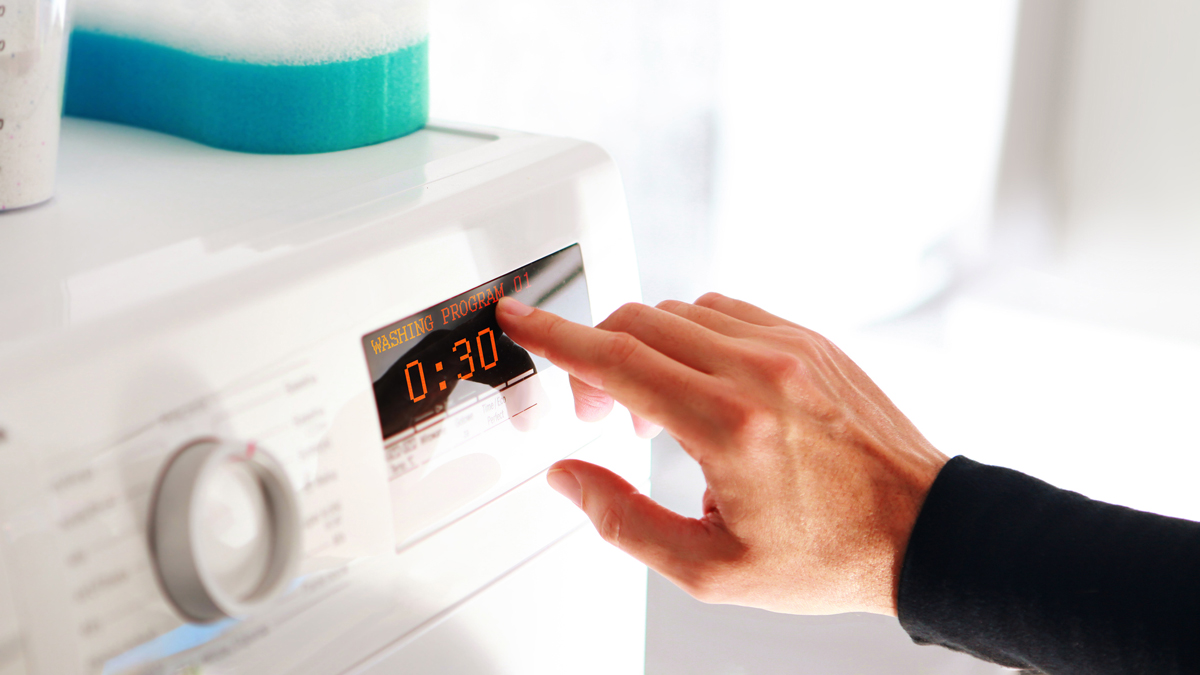

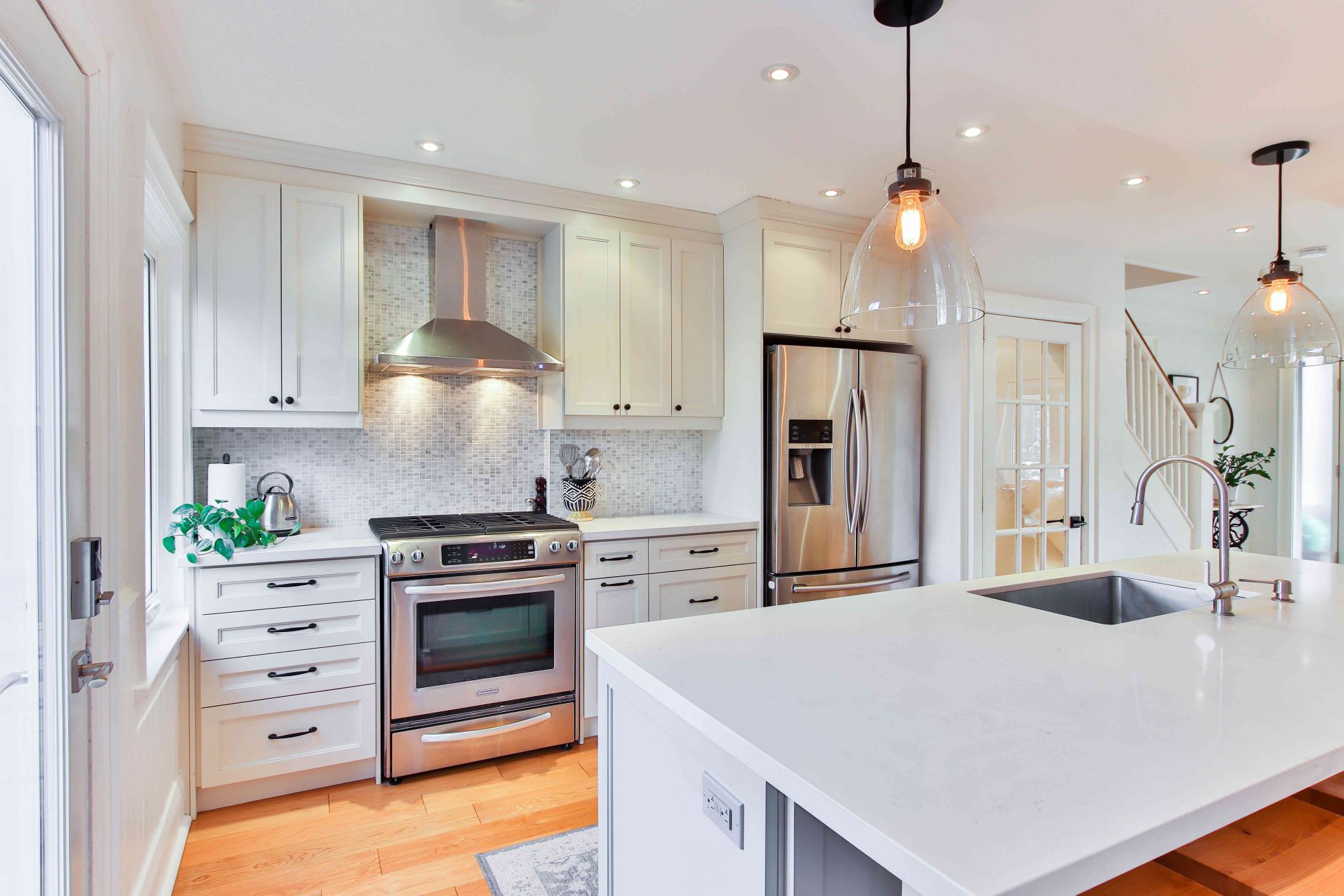
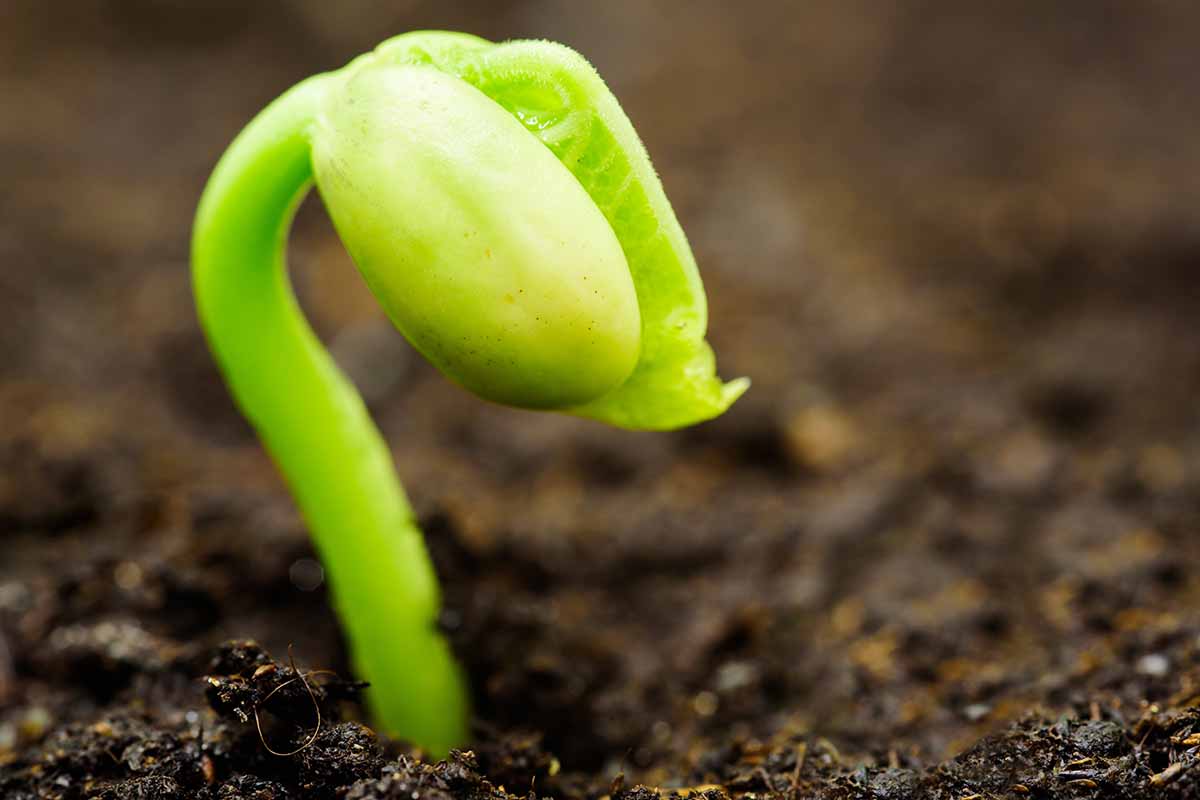
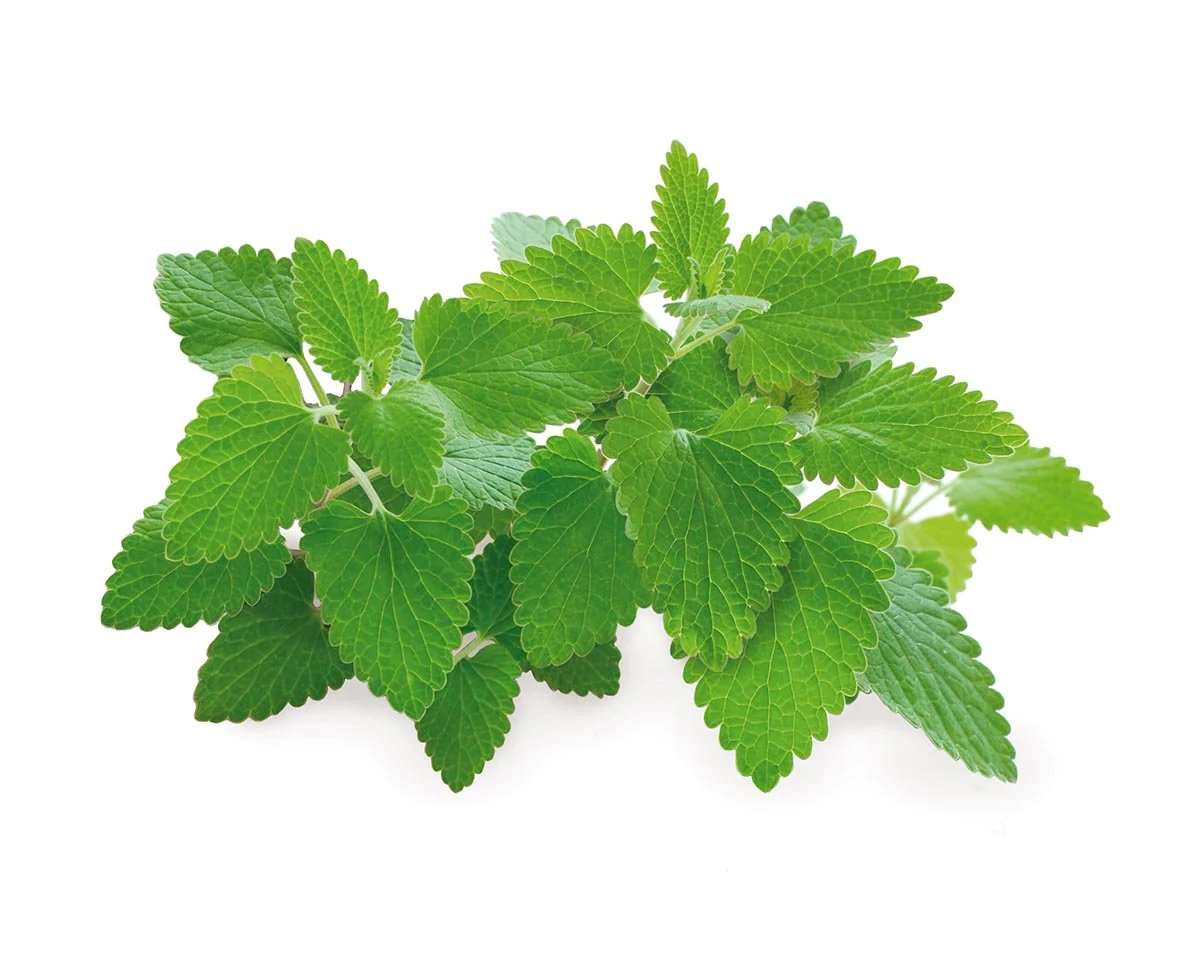
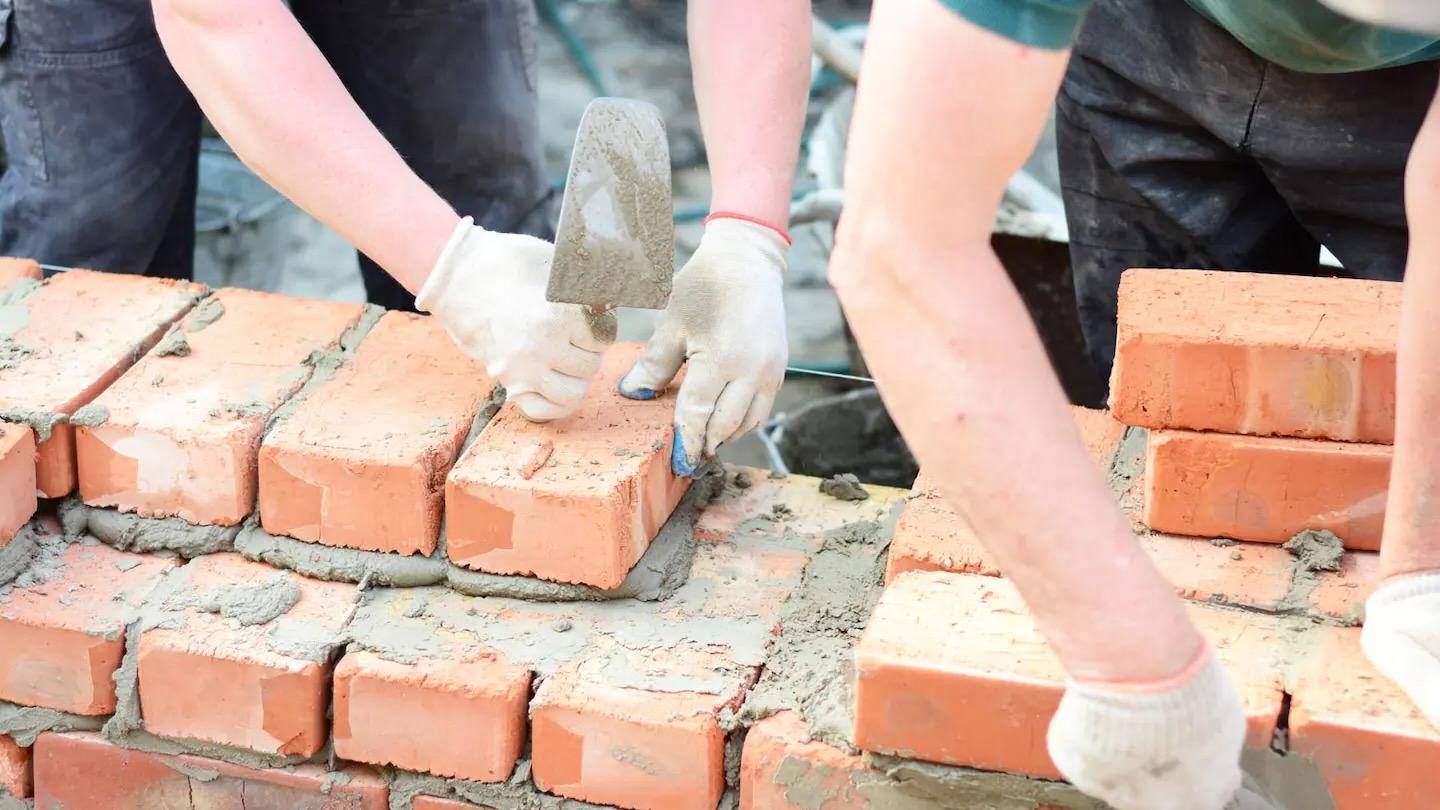
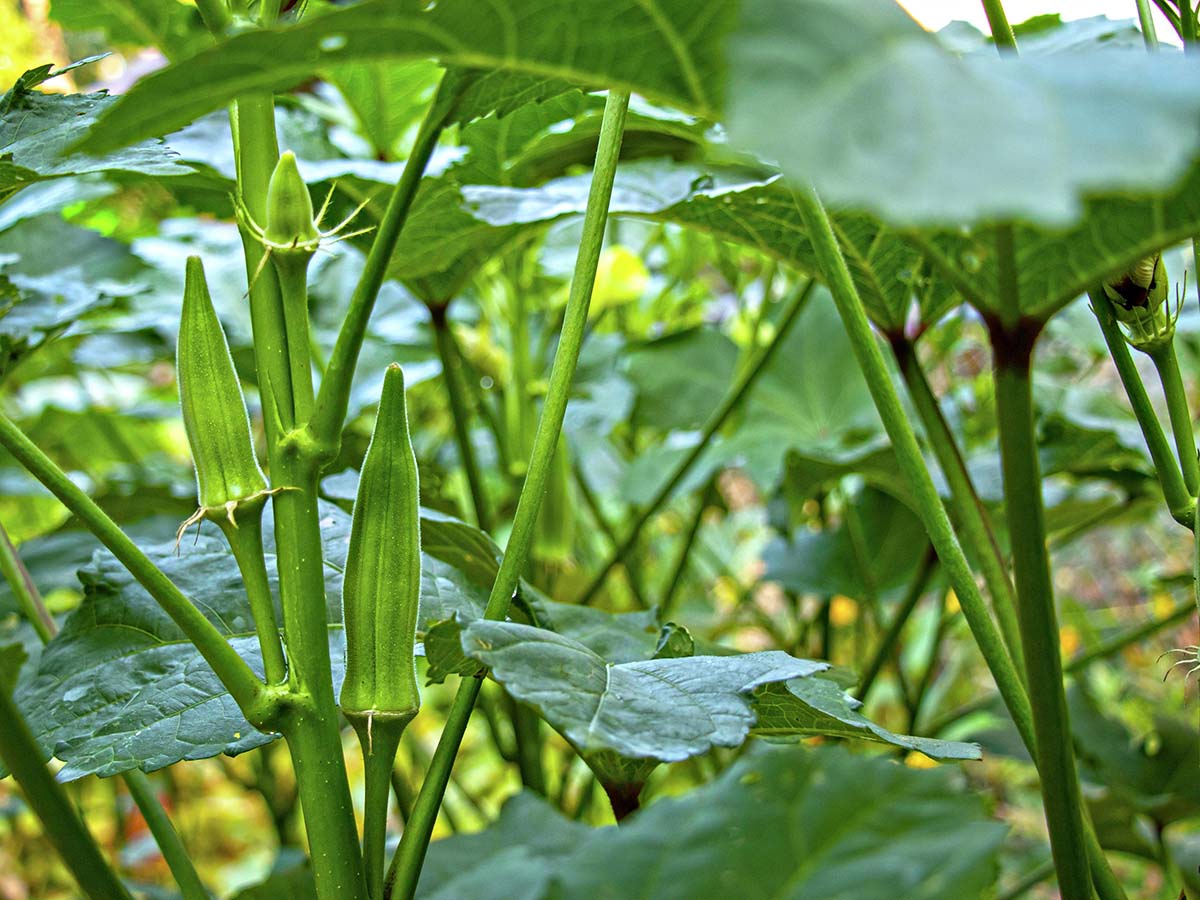
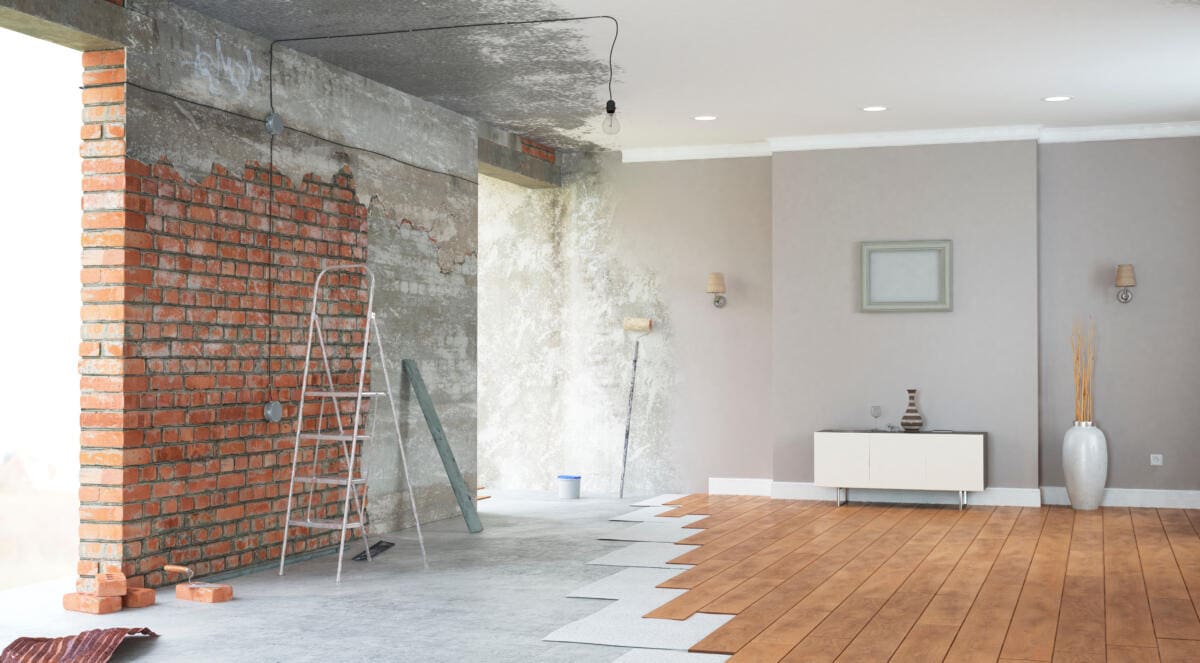
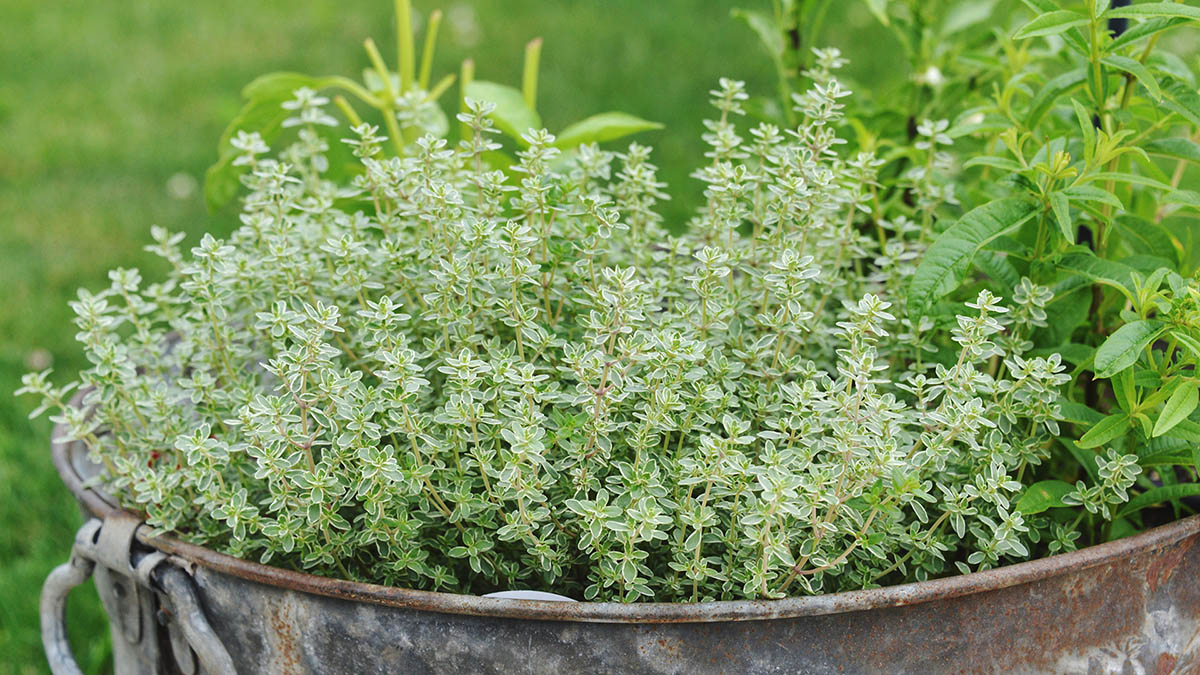

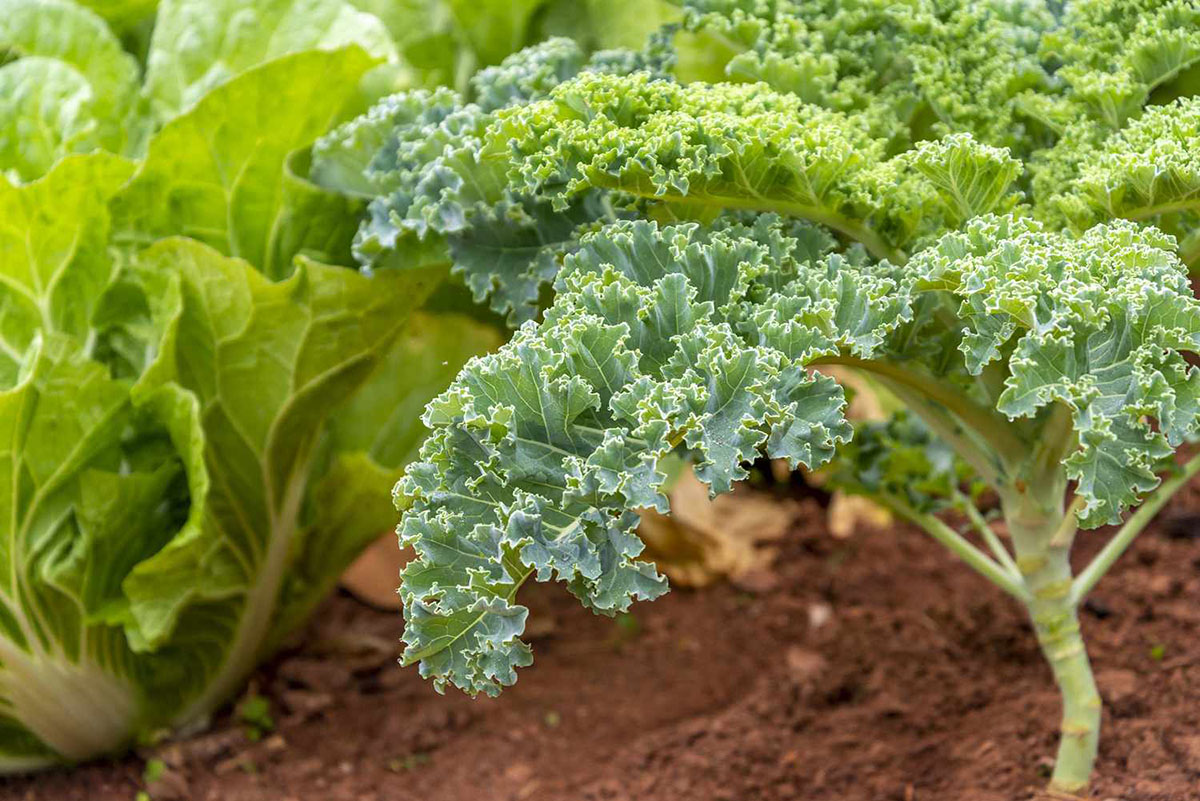

0 thoughts on “How Long Does Stucco Take To Cure”